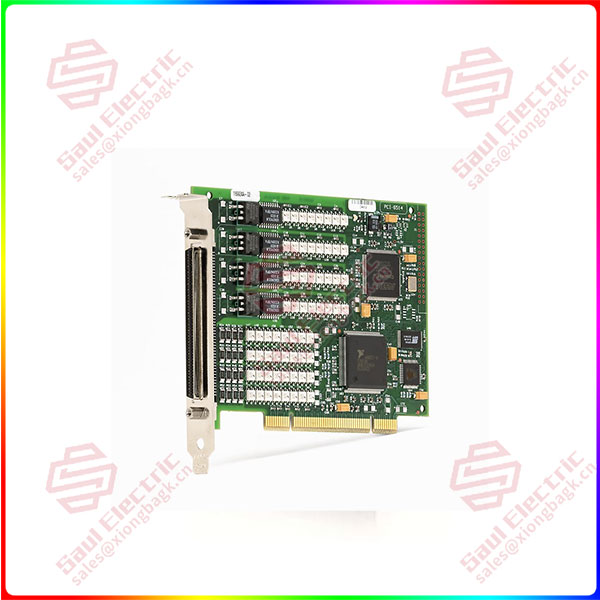The word “digital” in enterprise digitization corresponds to two different English words: “digitized” and “digital.” The meaning of the former is mainly “digital process”, of course, there is a “process” also has the result of the process, that is, “system architecture”; The latter mainly refers to the “digital state”, similarly, there is a “state” also has the “core value” reflected in the state. “digital process” and “digital state” also represent the new and old road of enterprise digitalization respectively.
The goal of the new and old road of enterprise digitalization
Digital digitized is the information construction work carried out by enterprises over the years. The general conceptual architecture of enterprise information system is shown in Figure 1, that is, optimizing and integrating enterprise business processes through the construction of ERP (enterprise resource planning system), and building SCM (supply chain management system) to enable enterprises to share information and other resources with the upper and lower streams to reduce inventory. Through the use of CRM (Customer relationship management system) to invest the limited resources of the enterprise to the most valuable customers, through the implementation of MES (Manufacturing execution system) to timely grasp the basic information in the production and operation process to achieve rapid decision-making, enterprises through the “eBusiness” system to connect the various stakeholders in the business link and so on.
Although corresponding to different industries and different enterprises, the name of the above systems is not the same, but these systems are built on the IT infrastructure, including computer software and hardware, networks, databases, etc. Due to the rapid development of IT technology, all kinds of systems based on these IT infrastructure and the management ideas, management methods and management tools embodied in the system are also constantly changing. Therefore, in the process of digitization, enterprises need to adjust and even rebuild the corresponding business processes, organizational structures, etc., in order to give play to the application effects of these digital systems.

PCI-6514
As can be seen from the goals achieved by the above systems, the main effect of the application of these digital systems is to “improve operational efficiency and reduce operating costs”.
Since entering the era of mobile Internet, with the popularization of technologies such as the Internet of Things, big data and cloud computing and their applications, the value expectation of customers, the value pursuit of employees and the value creation process of enterprises have undergone great changes compared with the traditional. Customers, especially the end users, expect to get personalized products and services, and employees are no longer attached to the enterprise, but more to pursue the realization of personal value. The resources needed for enterprise operation are no longer the resources owned by the enterprise itself, but more external resources that can be utilized. They also need to share their own resources with the outside world.
Therefore, the traditional production mode of products and services as well as the corresponding enterprise form and business ecosystem have also changed, and enterprise digitalization has different essential meanings. A fundamental change is to digitized from “digital” to “improve operational efficiency and reduce operational costs”. Progress to “New digital” with the goal of “expanding business and growing revenue”.
Construction of a new digital road for enterprises
The enterprise form of traditional Pipeline is enterprise-centered. As shown in Figure 2, the value chain is one-way and linear. Enterprises generally design and produce products or services first, and then put them into the market for sale. Because of the limited resources of traditional pipeline enterprises, it is difficult to meet the diversified needs of users.
The starting point of building a new digital road for enterprises is to meet the personalized needs of users. Different from the 2B or 2C thinking of traditional e-commerce platforms, the new digital road is the thinking of 2U (User). Because increasingly sophisticated technologies such as automation, big data, and artificial intelligence make it increasingly possible for enterprises to autonomously allocate mobile resources, including personnel, to the tasks that meet the needs of users, and to allocate a variety of resources, including people, that can best accomplish these tasks, which may be inside the organization or outside the organization.
 1 Year Warranty
1 Year Warranty





